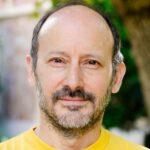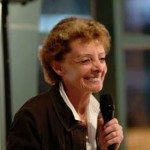Lien vers Pubmed [PMID] – 34610007
Lien DOI – 10.1371/journal.pntd.0009832
PLoS Negl Trop Dis 2021 Oct; 15(10): e0009832
Yersinia pestis is a powerful pathogen with a rare invasive capacity. After a flea bite, the plague bacillus can reach the bloodstream in a matter of days giving way to invade the whole organism reaching all organs and provoking disseminated hemorrhages. However, the mechanisms used by this bacterium to cross and disrupt the endothelial vascular barrier remain poorly understood. In this study, an innovative model of in vivo infection was used to focus on the interaction between Y. pestis and its host vascular system. In the draining lymph nodes and in secondary organs, bacteria provoked the porosity and disruption of blood vessels. An in vitro model of endothelial barrier showed a role in this phenotype for the pYV/pCD1 plasmid that carries a Type Three Secretion System. This work supports that the pYV/pCD1 plasmid is responsible for the powerful tissue invasiveness capacity of the plague bacillus and the hemorrhagic features of plague.




